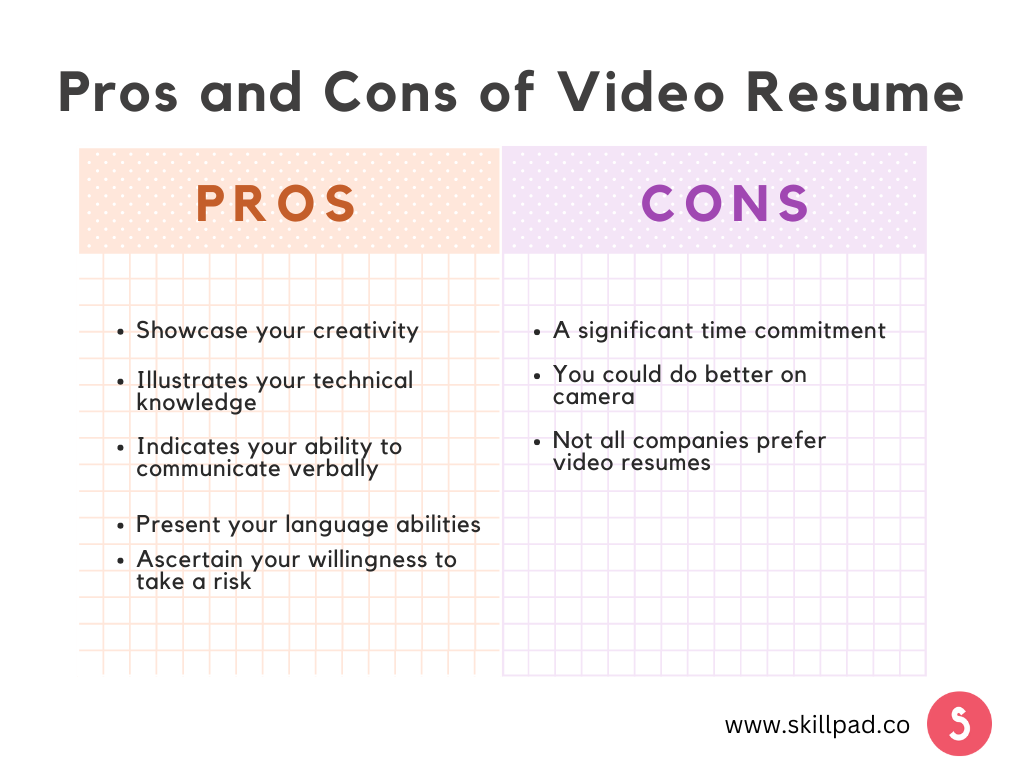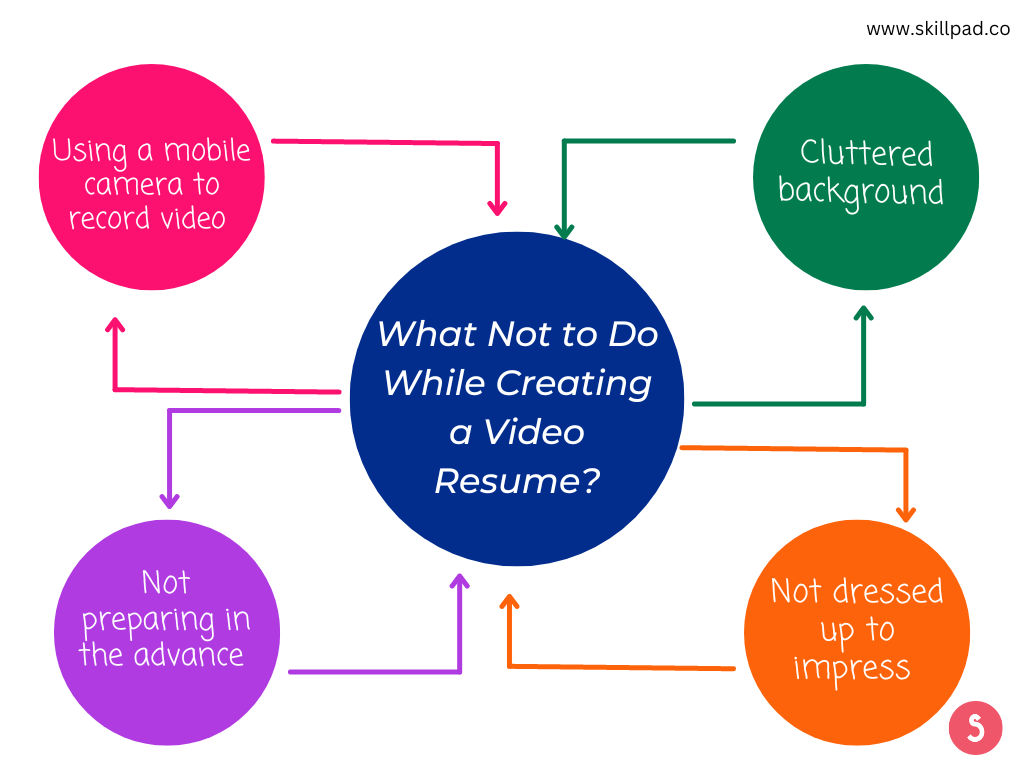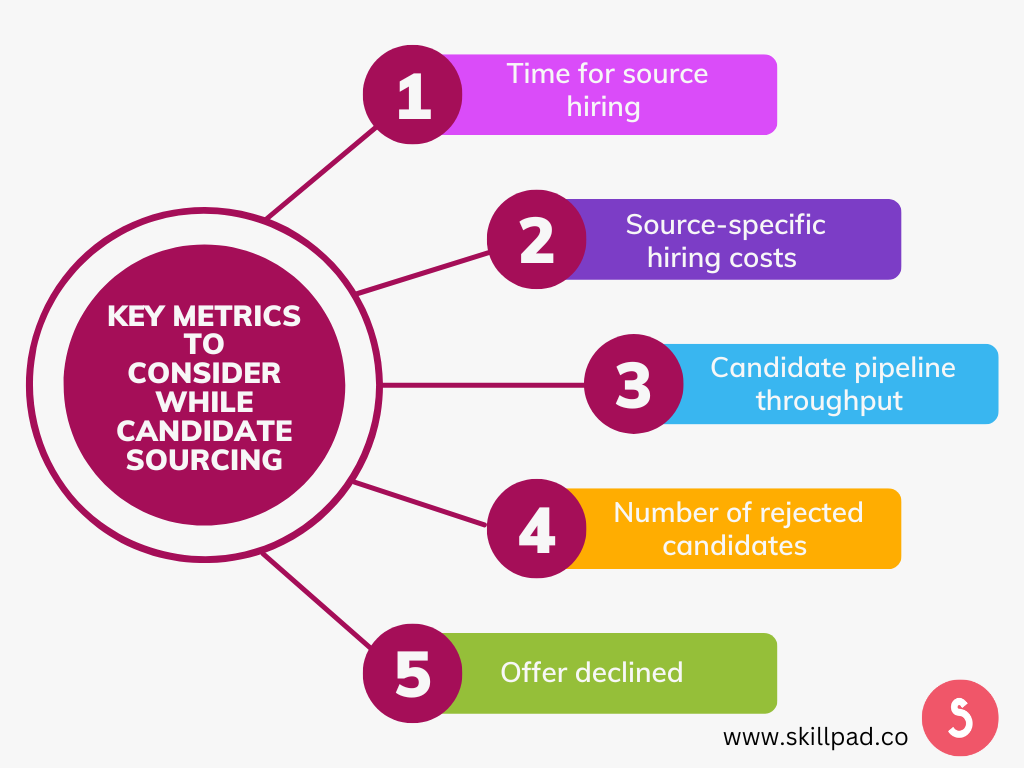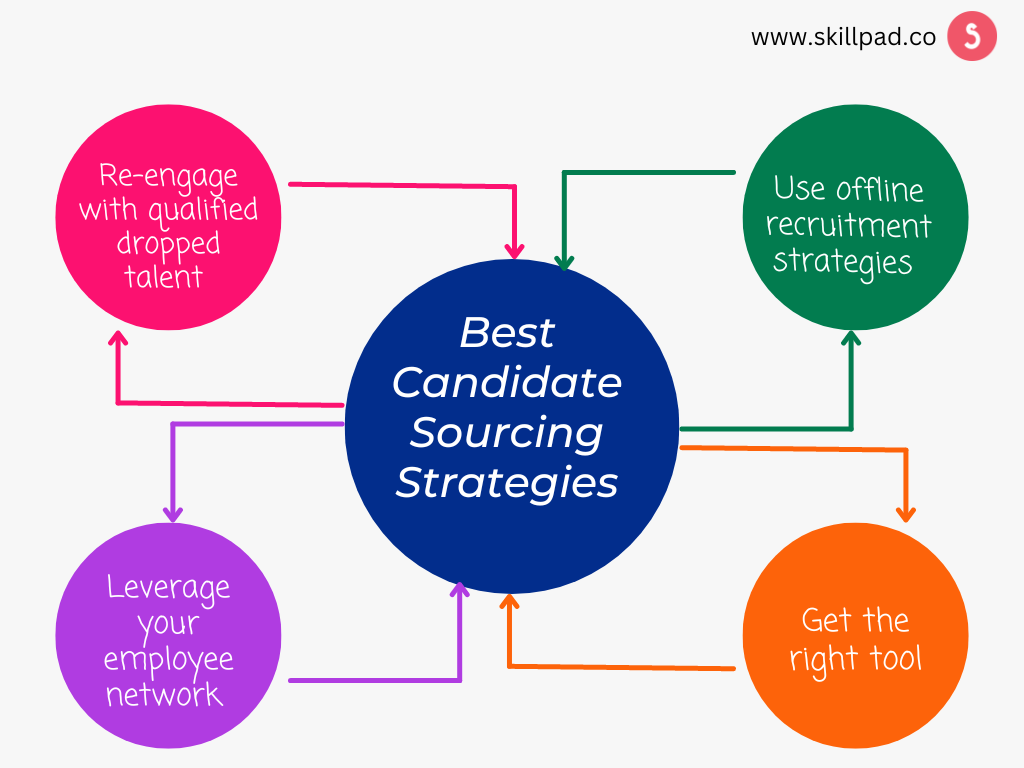A recent study shows 100–200 applications are received for a job position. Yet another study says recruiters only spend 7.6 seconds reading a job application.
That means you only have 7.6 seconds to impress recruiters with your resume.
With simple paper resumes, you might need more than a few seconds to get the attention of recruiters. But interactive video resumes can give you several opportunities to pique recruiters’ interests.
Your body language, expressions, attitude, confidence, and many other factors can make your application stand out in the crowd.
Let’s walk through this guide to learn about video resumes and how to create one.
What is a Video Resume?
A video resume is a brief video clip in which job seekers describe their skills and relevant experience. Like a paper resume, a video resume highlights what makes you unique and why you’re a good fit for the job you’re applying for.
A video resume can be used in addition to a paper resume to help you stand out from the crowd. They’re especially useful for showcasing your presentation and creative abilities in creative professions.
When to Use a Video Resume?
Video resumes are the best way to stand out in the crowd. And, in certain situations, visual resumes work better than paper resumes, such as:
Showcase soft skills
Your work experience and technical skills play significant roles in whether you get a job, but your soft skills are also essential.
Video resumes make it easier to show off your skills, personality, and work history than a simple text document. A potential employer can also quickly see if your personality fits with the company’s work culture by watching your video resume.
Highlight your brownie points
Most employers scan traditional resumes quickly to save time, which means they might miss your accomplishments. However, the viewer retention rate can improve due to video resumes’ quick and engaging nature. This can help you communicate important information about yourself more effectively.
Put the focus on your technical skills
Everyone desires an employee who can quickly adapt to changing circumstances. A video resume is an excellent way to demonstrate this ability.
Keeping up with new job application trends shows your employer that you are dynamic and ready to pick up and learn new skills to stay relevant. Setting yourself apart from the usual way of applying for a job can also show your employer that you know how to use technology.
Pros and Cons of Video Resume

Pros
- Showcase your creativity. A video is an excellent way to demonstrate your “savoir être” and professionalism when applying for creative jobs. It demonstrates that you’re plugged in. For example, if you’re applying for a marketing or public relations job, a video CV can demonstrate your knowledge of current trends.
- Illustrates your technical knowledge. Even if the job you’re applying for has nothing to do with technology, the more you can demonstrate your knowledge, the more likely you’ll be hired.
- Indicates your ability to communicate verbally. Companies are looking for candidates with strong verbal communication skills for almost every position, especially for sales, management, and customer service positions.
- Present your language abilities. If you are applying for a job in a foreign country, video CVs are an excellent way to demonstrate your proficiency in multiple languages.
- Ascertain your willingness to take a risk. Trying something new always involves a risk. Share your video CV with the hiring manager to demonstrate your willingness to take risks—it could be the decision that gets you the job.
Cons
- A significant time commitment. It will take a long time to create one-of-a-kind, professional-quality videos. You can only send things of good quality to recruiters. Ensure your CV is tailored to the position for which you are applying.
- You could do better on camera. Let’s face it: we weren’t all born to be stars. So, stick to traditional resumes if you can’t convey confidence and enthusiasm on screens.
- Not all companies prefer video resumes. A video CV is inappropriate for all businesses, especially those concerned about discriminatory hiring practices.
How Long Should a Video Resume Be?
Limit your video resume to two minutes; anything longer is asking too much of the hiring manager. The ideal time is 60-90 seconds.
Read your script aloud, or even better, record yourself reading it and then play it back. Ensure to make the first 10 seconds of your video interesting because user engagement drops after that.
Do I Need Video Resume?
All this buzz about the video resume—must have made you wonder whether it is the best option for you. Although video resumes have been a ‘thing’ for years, some industries and employers still do not find them suitable for hiring new candidates.
So, by researching the culture of the industry or company you’re trying to break into, you can determine whether a video resume will help or hurt your chances.
What are the cultural standards? What does the typical hiring manager look like? Are they more traditional, or do they value diversity?
These are some basic questions you should ask yourself before investing in a video resume. Always remember, trying something new always has repercussions. So, be 100 percent sure about your needs before using this technology.
What to Include in Your Video Resume?
Consider your video resume as a mini-interview. Your attire, demeanor, language, and topic all matter in video CVs. Here are a couple of things that you must include in your video resume to get a good response from recruiters:
- Tell your story. A video resume is an excellent way to highlight something from your background that impresses the hiring manager. If you can’t think of anything to say, outline your background and consider how your experiences are related. What have you previously learned that qualifies you for this new position? Just be free and tell your story with full conviction.
- Create a job-specific video. Create a unique video for each job you apply for. You can better explain how your background qualifies for that specific job and include a sentence or two about why you want to work for the company.
- Include a call to action. Finish the video with a strong call to action, a sentence or two that explains the next step and encourages viewers to take it. For example, you could request that the hiring manager looks at your LinkedIn profile to see the rest of your work history. A strong call to action can mean the difference between a video that gets results and one that merely entertains the hiring manager.
What Not to Do While Creating a Video Resume?

Before you start making your video CV, ensure to avoid the following mistakes at all costs:
Not preparing in advance
Please prepare before pressing the record button to avoid a sloppy, unstructured video that can turn off potential employers. We recommend writing a script to avoid this. Begin by introducing yourself and explaining why you’re applying for the position.
You must emphasize your experience and skills by linking them to key phrases from the job description and person specification.
Give examples of how you’ve used your skills to solve problems, but don’t ramble because the video should be 2-3 minutes long. Finish by stating your career objectives and thanking the viewer for their time. It’s also a good idea to express your eagerness to hear from them.
Using a mobile camera to record video
You can use your phone’s camera to film your video if it has a decent camera with high resolution and HD capabilities, like an iPhone. If it doesn’t, you are at risk of having a grainy and poorly lit film. If your phone isn’t up to the task, you might want to borrow a good digital camera or camcorder.
Cluttered background
A cluttered background can distract viewers and make it difficult for them to hear everything you have to say. In addition, it’s simply not aesthetically pleasing or professional. So, look for another location if your student apartment is filthy and you can’t find a quiet place to film your video.
Not dressed up to impress
You would dress well for an interview, so don’t dress sloppily for your video CV. Instead, make sure you’re well-dressed and groomed to impress your potential employer and boost your confidence, though you don’t have to wear a formal suit and tie.
You can wear something that makes you look professional yet comfortable. During a video resume shoot, you can’t go wrong with simple denim jeans and a checkered shirt.
Easy Tips to Create Video Resume
Have a quick look at these easy tips to create an attractive and impressive video resume;
Understand your target audience
Think about who will watch the video and adjust the script and location to fit their needs. For example, a video created for a position at an international bank may differ from one made for a start-up company.
Concentrate on a single experience or skill
Since your video resume is so brief, it is best to focus on a single topic. For example, you can discuss a specific project you excelled at or demonstrate a skill, such as a website coding. Add to your resume and cover letter by talking about something that is only mentioned in one of them.
Discuss an aspect not included in your application
If you left something out of your cover letters, such as volunteer experience or a specific skill, consider demonstrating it in your video. Consider talking about a hobby or an interest. Make it a point to demonstrate how your interest relates to the position, company, or industry.
Examine the company’s policies
If an employer asks for a video resume, make sure to follow any rules they give about what to include, how long it should be, how to edit it, and how to send it. Also, some employers might ask you to follow a certain prompt when making your video resume, so make sure your video meets their needs.
Video Resume Examples to Inspire
You can watch these job seekers’ video resumes to understand better how to create one for yourself:
Saji Nair
Saji Nair presents herself, her experience, and her related skills in a 90-second video and then summarizes why a company should hire her. With a plain white background and good lighting, she keeps the video professional.
Mark Leruste
In this video resume, Mark uses humor to show off his skills, experience, and education in a unique and interesting way. With this video resume, Mark was able to land his dream job!
Alex
In this video, Alex structures her CV more like a job interview, portraying both herself and an “interviewer” who questions her about her experience. She makes a simple, fun, and informative resume video with voiceover, animation, and photos.
How to Use a Video Resume to Land Your Dream Job?
Once you have created an exciting video resume, you can use it in several ways to land your dream job, such as:
- You can upload your video resume to YouTube and easily share it with potential recruiters. Recruiters can also search your profile on YouTube.
- You can also upload your video resume to Linkedin, Instagram, and other social media profiles.
- Sharing your video resume on social media job groups is also a good idea to reach more people.
- You can also add your video to your professional website or freelancing websites like Fiverr.
Top Tools For Creating Video Resumes
Biteable
If you’ve already edited your video resume and want to add music, text overlays, or opening titles, Biteable is the option for you. Biteable has many video templates that are easy to change, so once you sign up for this platform, you can choose a template and add a video to it.
Animaker
Animaker includes a variety of video resume templates for designers, marketers, and developers, allowing you to create your own resume in just a few minutes. In addition, this cloud-based software allows you to upload your videos, photos, and music. Still, it also includes an extensive library of animation and music that you can use to make your resume more appealing.
Filmora
Filmora is a video recording and editing software that does it all. It is simple to create a video resume with Filmora. You can record your webcam and voice simultaneously or import the footage you want to use in your video resume. All segments that do not fit into the structure of your video resume can be easily removed.
Let’s Record a Video Resume Now!
There you go, job seekers! You can now start recording and editing professional video resumes to land your first job.
This guide has provided you with everything you could possibly need to create a virtual resume. However, if you are a fresher or have no clue how to use this new resume technology, don’t worry.
The SkillPad team can provide you with 101 coaching sessions to help you land a good job. You can also use our resume templates to create a powerful resume in no time.
Let’s get in touch to learn more about video resume creation.




